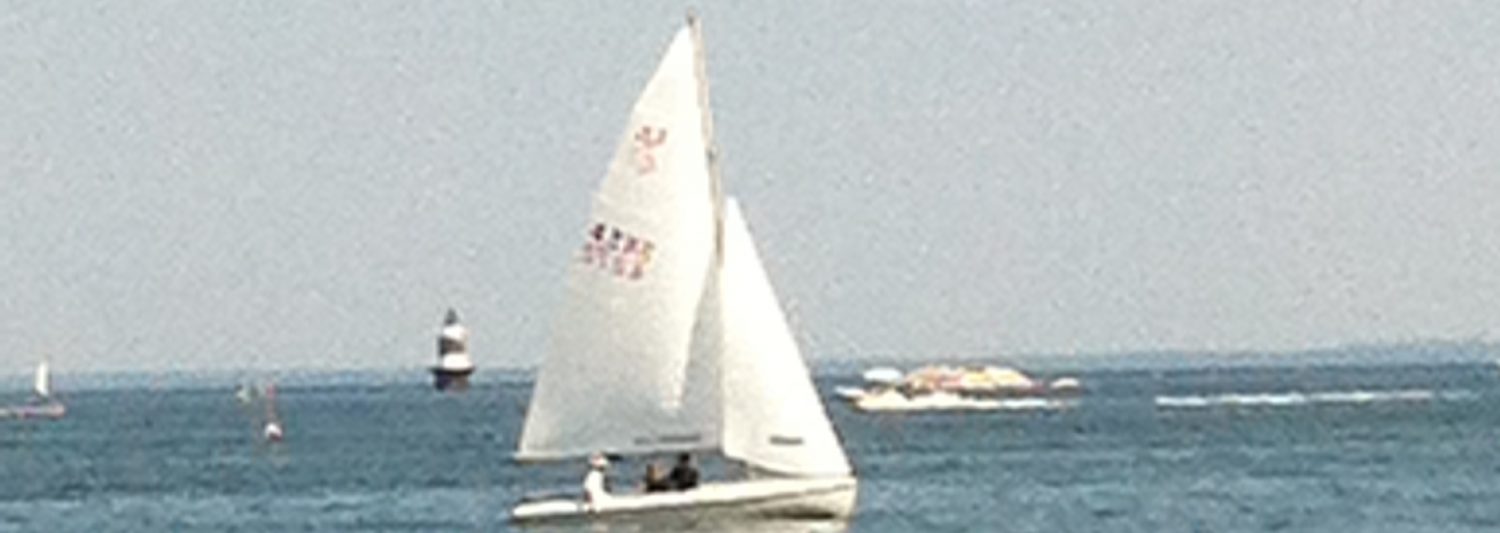It’s the last week of #52Ancestors and it’s time to be looking ahead. In 2023, #genchat (the oldest genealogy chat on Twitter) will be turning ten years old! I’ve been participating since the beginning and co-hosting with Kale Liam Hobbes since 2018. This coming year will be a year of new things for #genchat, some of which were announced during our October 21 Open Mic.
First, Liam is retiring from co-hosting, although he’s offered to continue designing the graphics we look forward to during each chat. That leaves me as the host, with my emergency backup will be the faithful attendee, Chris Ferraiolo. So far I’ve only called on him to lead one chat next year (an Open Mic on March 10), since I’ll be in a completely different time zone. So now I’ve been looking over where #genchat has been the past few years and where it is going.
2023 will bring a scheduling and structure change: #genchat will be every second and fourth Friday on Twitter. With the exception of March, the first chat will be topical, as we’ve normally done them. The second chat will be a themed Open Mic session. See our schedule for more details.
The next big change is that we’ll be having a #genchat on Mastodon the Saturday mornings after the Twitter chats! There have been a lot of changes at Twitter that lead to many leaving the platform. Indeed, I was concerned about whether or not Twitter would last, so I started to set things up for #genchat on Mastodon, just in case. It turns out that there are some on that platform who would love to see it there, as well as those who can’t make the Friday time zone. So I’m taking the plunge and starting a 9am ET chat that will start out at half an hour, depending on how it takes off. Read the “How It Works” section of our website for details.
One thing I’m holding off on with Mastodon is having a #Treeverne lead-in time. If people want to gather independently, that’s fine. I’m just not sure that I can commit to that right now. Another thing is that I’m not requiring our guest experts to attend the Mastodon chat, unless of course they want to. We’ll still pose the questions they come up with, however.
I’m looking forward to 2023 at #genchat. The new schedule will be easier to manage, especially with two platforms. So mark your calendars, pick your platform and join us!

























